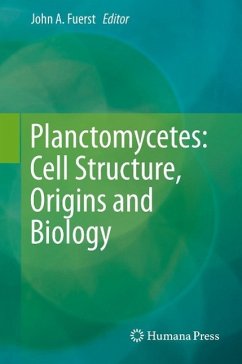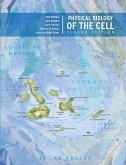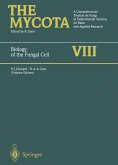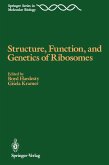Planctomycetes, and their relatives within the PVC superphylum of domain Bacteria, including verrucomicrobia and chlamydia, challenge our classical concept of the bacterium and its modes of life and provide new experimental models for exploring evolutionary cell biology and the full diversity of how living cells can be organized internally. Unique among Bacteria they include species possessing cells with intracellular membrane-bounded compartments and a peptidoglycan-less cell wall, and bacteria such as the anammox organisms performing unique anaerobic ammonium oxidation significant for global nitrogen cycle. The book introduces these fascinating and important bacteria and deals in detail with their unusual structure, physiology, genomics and evolutionary significance. It is a definitive summary of our recent knowledge of this important distinctive group of bacteria, microorganisms which challenge our very concept of the bacterium.
Dieser Download kann aus rechtlichen Gründen nur mit Rechnungsadresse in A, B, BG, CY, CZ, D, DK, EW, E, FIN, F, GR, HR, H, IRL, I, LT, L, LR, M, NL, PL, P, R, S, SLO, SK ausgeliefert werden.









